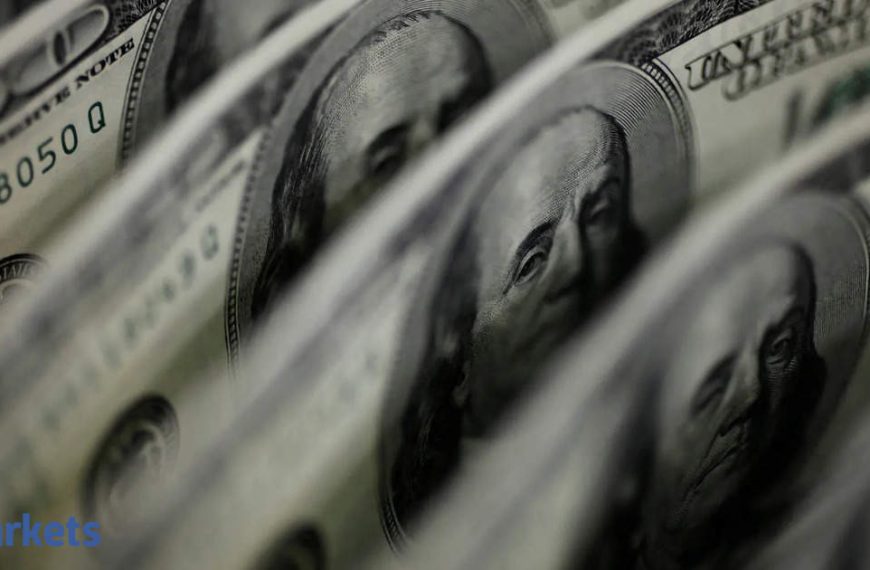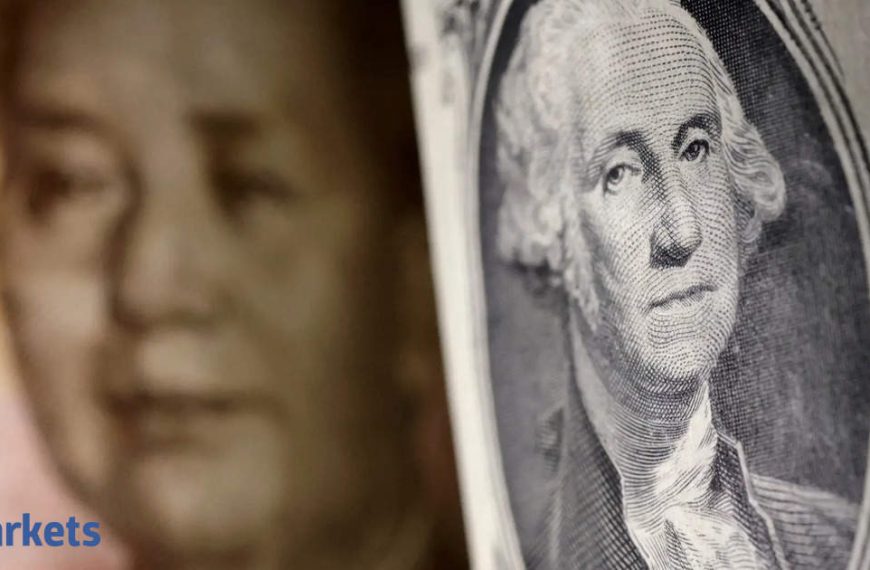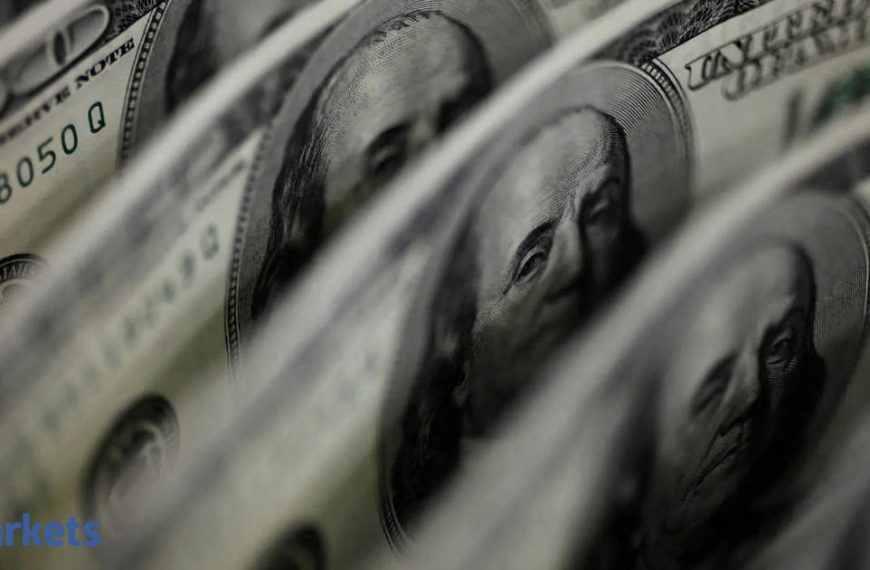On Monday, the U.S. dollar managed to regain some stability, yet it remained close to its lowest point in three years. This comes after a tumultuous week that left many investors questioning the reliability of the world’s primary reserve currency, catalyzed by President Donald Trump’s tariff announcements that disrupted global financial markets.
Market Reactions to Tariff Uncertainty
As investors prepared for another unpredictable week, the confusion surrounding Trump’s tariff policies lingered. The White House recently announced exemptions for certain electronics, including smartphones and computers imported predominantly from China. Despite this, Trump hinted over the weekend that these exemptions might not last long.
IG market analyst Tony Sycamore remarked on the chaotic handling of the situation, stating, "The approach has been erratic and heavy-handed, leading to significant uncertainty." He added that the troubling signs in the market are still present, indicating that volatility may continue.
Currency Performance Overview
In terms of performance, the dollar experienced a modest increase of 0.34% against the Swiss franc, having previously dropped to a decade low. Meanwhile, the euro dipped by 0.13% to $1.1344, following a significant surge of 3.6% the previous week, which marked a three-year peak as confidence in the dollar waned.
Sycamore predicts, "It’s possible we might see the euro reach $1.20 by late July or early August." The growing discomfort among investors regarding U.S. assets has prompted some to shift their investments towards European markets, further bolstering the euro.
Broader Currency Trends
Other currencies also showed mixed results:
- The Japanese yen fell 0.2% to 143.79 per dollar.
- The British pound decreased 0.33% to $1.3084.
- The Australian dollar rose 0.15% to $0.63035, continuing its upward trend from the previous week.
The U.S. dollar index stood at 99.73, maintaining proximity to its three-year low. According to George Saravelos, head of FX research at Deutsche Bank, there is a notable reassessment of the dollar’s appeal as a global reserve currency, hinting at a period of de-dollarization. He noted, "The collapse in both the dollar and U.S. bond market is particularly evident."
Impact of U.S. Treasury Market Dynamics
Last week, there was a significant sell-off in the U.S. Treasury market, largely driven by hedge funds unwinding basis trades. Despite hopes for a recovery, 10-year Treasury yields remained high at 4.47%, marking the largest weekly increase in borrowing costs in decades.
Saravelos commented, "We believe the de-dollarization trend has further to go, but we are remaining open-minded about how this will evolve and what the new global financial balance might look like."
In the realm of other currencies, the New Zealand dollar rose 0.33% to $0.5843, while the offshore yuan dropped 0.17% to 7.2941 per dollar. The yuan faced significant pressure last week, hitting a record low as the trade conflict between the United States and China escalated.
In summary, while the dollar showed slight signs of recovery, the overarching trends suggest a period of instability and shifting investor sentiments, particularly with ongoing trade tensions and tariff implementations.











